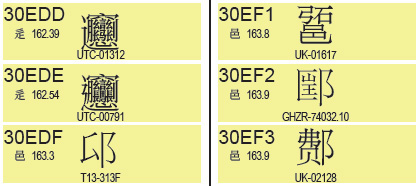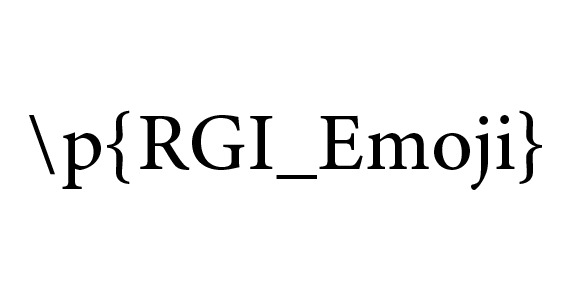
The beta review period for Unicode 13.0 has started. The Unicode Standard is the foundation for all modern software and communications around the world, including all modern operating systems, browsers, laptops, and smart phones—plus the Internet and Web (URLs, HTML, XML, CSS, JSON, etc.). The Unicode Standard, its associated standards, and data form the foundation for CLDR and ICU releases. Thus it is important to ensure a smooth transition to each new version of the standard.
Unicode 13.0 includes a number of changes and 5,930 new characters. Some of the Unicode Standard Annexes have modifications for Unicode 13.0, often in coordination with changes to character properties. For the first time, a CJK extension has been encoded in plane 3, the Tertiary Ideographic Plane. Four new scripts have been added in Unicode 13.0. There are also 55 additional emoji characters and many other new emoji, including the transgender flag and polar bear.
Please review the documentation, adjust your code, test the data files, and report errors and other issues to the Unicode Consortium by January 6, 2020. Feedback instructions are on the beta page.
See
http://unicode.org/versions/beta-13.0.0.html for more information about testing the 13.0.0 beta.
See
http://unicode.org/versions/Unicode13.0.0/ for the current draft summary of Unicode 13.0.0.
About the Unicode Consortium
The Unicode Consortium is a non-profit organization founded to develop, extend
and promote use of the Unicode Standard and related globalization standards.
The membership of the consortium represents a broad spectrum of corporations and organizations, many in the computer and information processing industry. Members include: Adobe, Apple, Emojipedia, Facebook, Google, Government of Bangladesh, Government of India, Huawei, IBM, Microsoft, Monotype Imaging, Netflix, Sultanate of Oman MARA, Oracle, SAP, Tamil Virtual University, The University of California (Berkeley), plus well over a hundred Associate, Liaison, and Individual members. For a complete member list go to
https://home.unicode.org/membership/members/.
Over 130,000 characters are available for adoption, to
help the Unicode Consortium’s work on digitally disadvantaged languages.
![[badge]](http://www.unicode.org/announcements/ynh-infinity.png)
![[badge]](http://www.unicode.org/announcements/ynh-infinity.png)
![[badge]](http://www.unicode.org/announcements/ynh-infinity.png)

 Regular expressions are a powerful tool for using patterns to search and modify text. They are a key component of many programming languages, databases, and
spreadsheets.
Regular expressions are a powerful tool for using patterns to search and modify text. They are a key component of many programming languages, databases, and
spreadsheets. The beta review period for Unicode 13.0 has started. The Unicode Standard is the foundation for all modern software and communications around the world, including all modern operating systems, browsers, laptops, and smart phones—plus the Internet and Web (URLs, HTML, XML, CSS, JSON, etc.). The Unicode Standard, its associated standards, and data form the foundation for CLDR and ICU releases. Thus it is important to ensure a smooth transition to each new version of the standard.
The beta review period for Unicode 13.0 has started. The Unicode Standard is the foundation for all modern software and communications around the world, including all modern operating systems, browsers, laptops, and smart phones—plus the Internet and Web (URLs, HTML, XML, CSS, JSON, etc.). The Unicode Standard, its associated standards, and data form the foundation for CLDR and ICU releases. Thus it is important to ensure a smooth transition to each new version of the standard.

